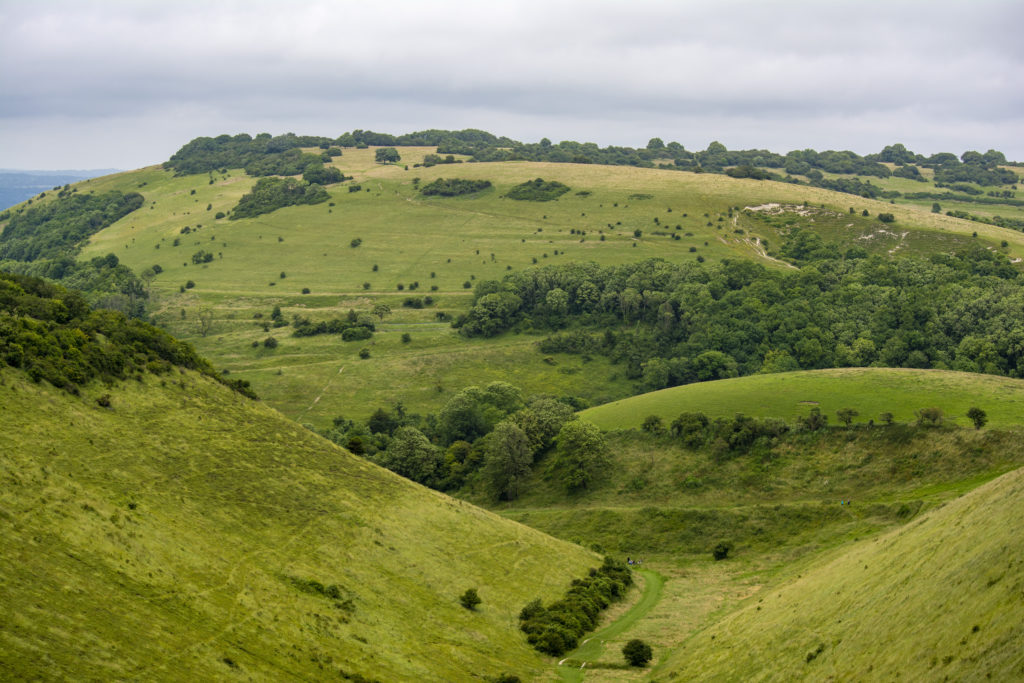The Climate Emergency for Brighton & Hove Museums
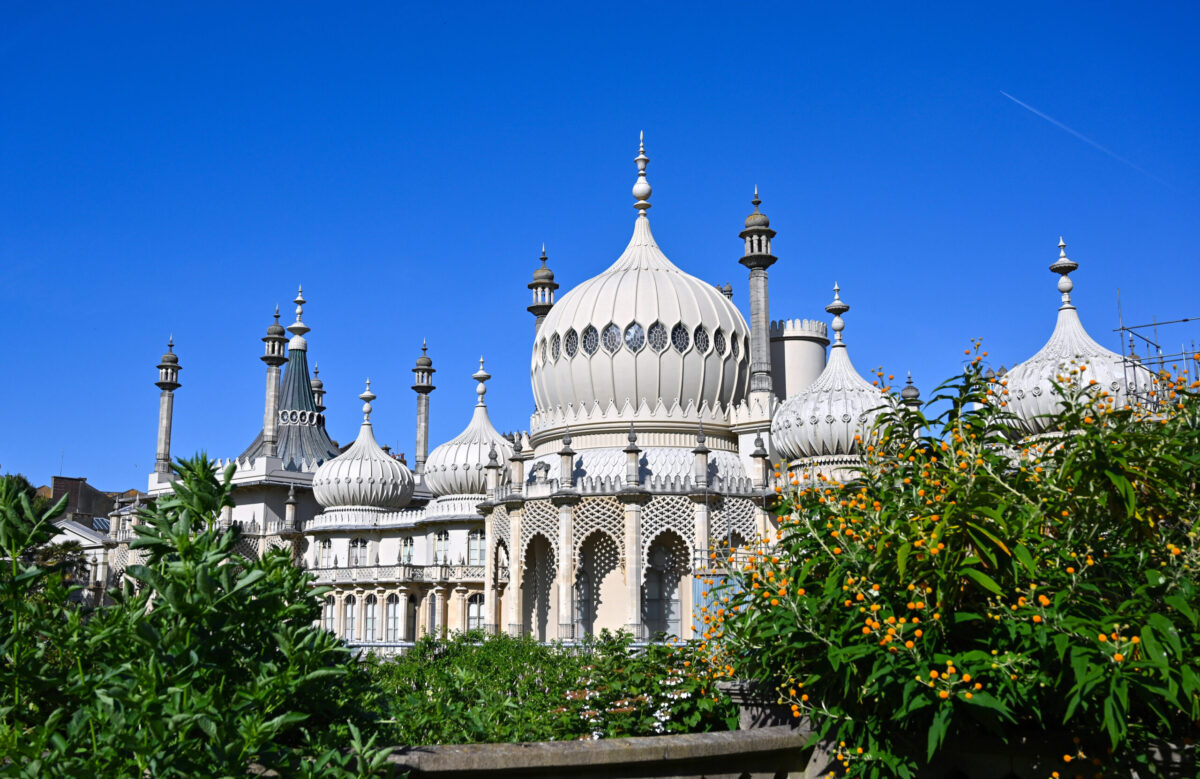
In 2020 Brighton & Hove Museums issued an Environmental Sustainability Policy recognising the climate emergency and committing to action both in terms of trying to combat climate change but also helping to keep it in the public consciousness. But what does that mean for us at a practical level, and can we really do anything to make a difference?
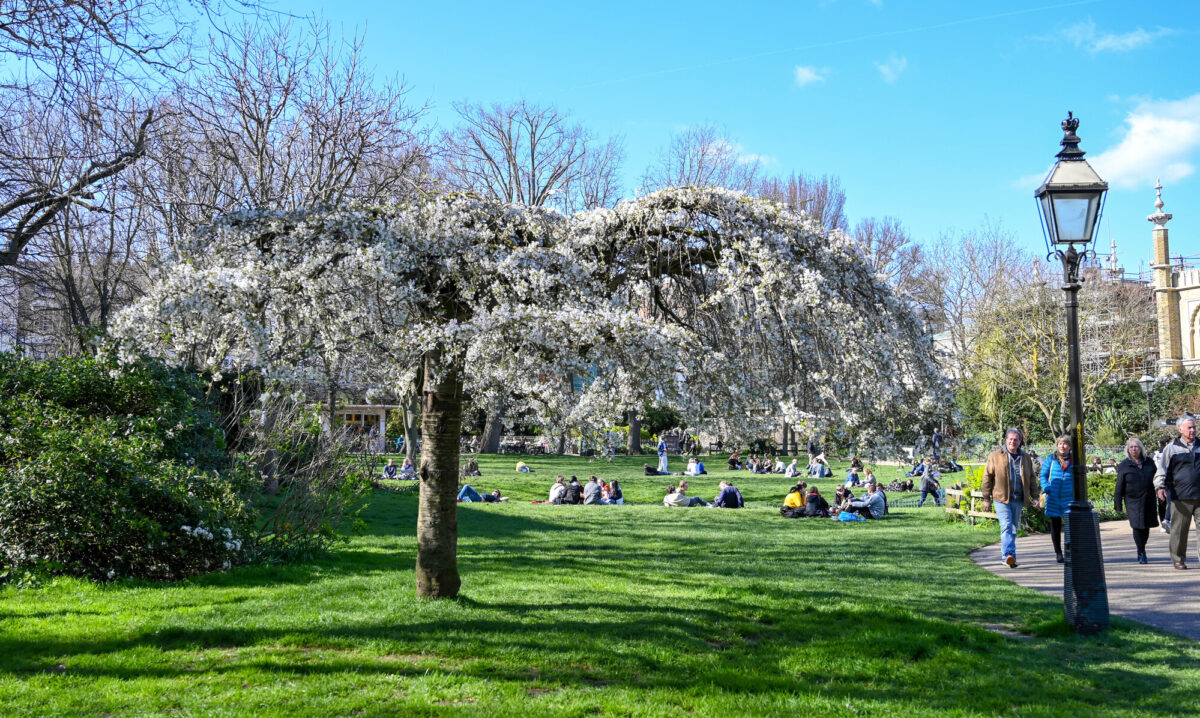
We are a small player in any fight against climate change. This is a global crisis where the fight if it is to be won will be by nations and international organisations, and most notably those nations that are emitting most greenhouse gasses and where economic development is most closely linked to carbon emissions. But as with everything unless we all play our part no one will play their part. And how can we get angry at others not doing enough if we are not doing all we can?
For museums and similar institutions, we can commit to achieving net-zero carbon emissions, hopefully as part of our own Government’s targets. This will mean primarily reducing energy use and moving to non-carbon-based energy. However, before we can do that, more immediately we also need to mitigate the effects of extreme weather which is a bi-product of climate change. In recent years we have seen an acceleration of changing weather, in our case most notably extreme rain episodes but also periods of drought and more generally a warmer wetter climate leading to higher humidity. This has led to leaks and flooding in our buildings, increases in humidity, the creation of localised micro-climates that encourage mould to flourish and a huge increase in pests in our stored collections and damage to our gardens.

Heritage preservation vs adaptation
We care for five major public buildings all built and designed over a hundred years ago and none of them designed for a long-life, none designed to be energy efficient with controlled environments, and none designed to flexibly adapt to alternative uses or a changing climate. All have been historically under-invested in. It is also the case that historically the overarching concern with any investment has been heritage preservation – as best we can, keeping them as they were when built, not adapting them to a changing world.
So, as we think about reducing energy costs, we also need to plan for protecting our buildings against climate change (retrofitting). All of this will come with a huge price, and one far beyond our current resources. So, what to do?
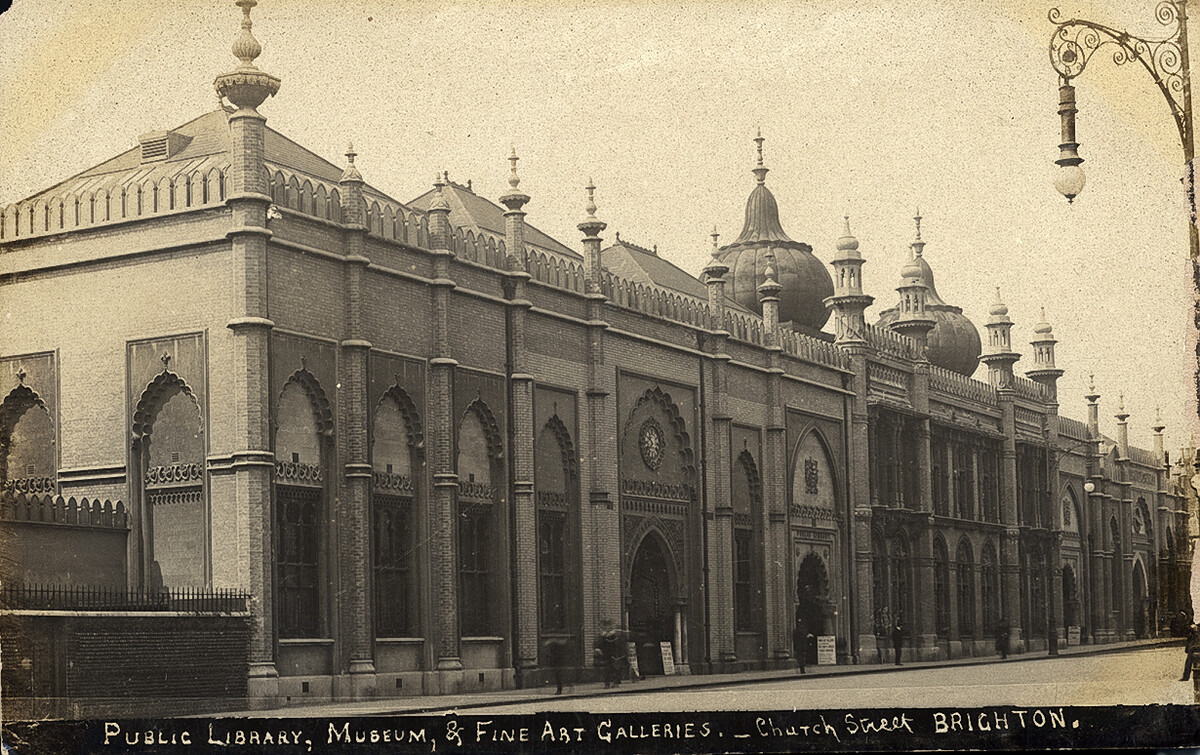
Climate change COP initiative
Luckily, we are not alone. The entire museums sector is trying to grapple with these challenges and as guardians of historic heritage buildings and gardens we are a sub-set of a much larger sector – much of the UK’s building stock is old and was not designed for this changing world.
There have been and are many initiatives to confront these challenges and if anything, there is now a confusing over-abundance of toolkits, case-studies, and examples to draw on. What we have done is work closely with the National Museums Directors Council in their climate change COP initiative. A conference was held in 2022 and a commitment was made to a follow up conference which was recently held at Tate Modern in London. At Tate specific commitments and recommendations for action were made. I have been chairing a sub-group looking specifically at museum buildings. Our recommendations will include a call for planning legislation and guidance to change so that carbon reduction and climate change mitigation will be made as important as heritage concerns – if this were to happen the look of our buildings would change, but surely that is what is needed, and have they not changed in the past to adapt to changing needs?
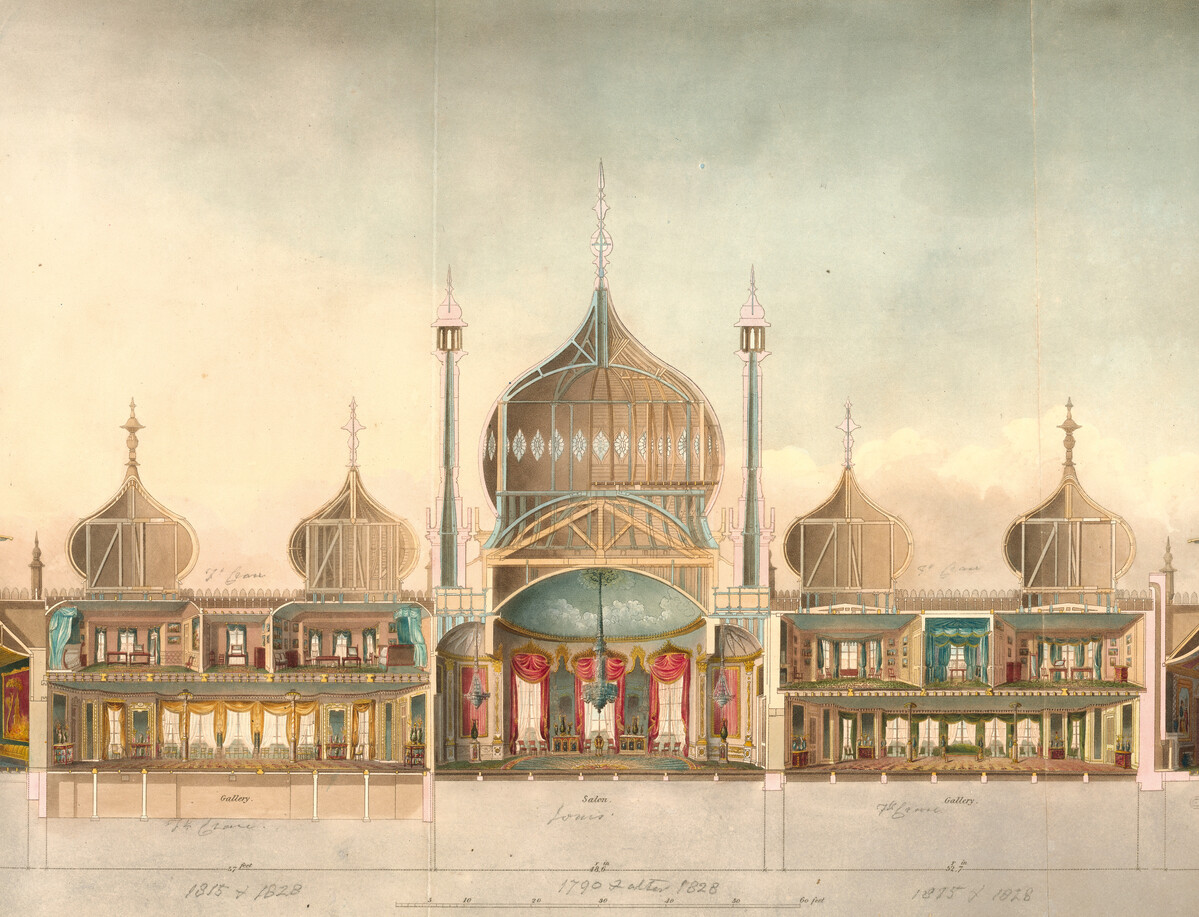
A difficult balance
We have also called for new government funding to help museums. We recognise this is a tall ask at the moment so we must begin by using the funding that is already available, getting true costs for the work that is needed and assessing the most cost-effective types of action. The major engineering practice Buro Happold is helping with this and have offered some support to the sector. The Royal Pavilion has been one of their case studies, and they have offered recommendations as to where we can start making improvements.
Although with heritage buildings it is never straightforward. A difficult balance between reducing carbon and preserving the building fabric of the heritage asset is needed. This will require careful thinking to ensure we do not create issues with moisture by insulating for example. Ideally upgrades will be modelled and trialled by consultants to test the improvements and their effects, in advance of being fully implemented.
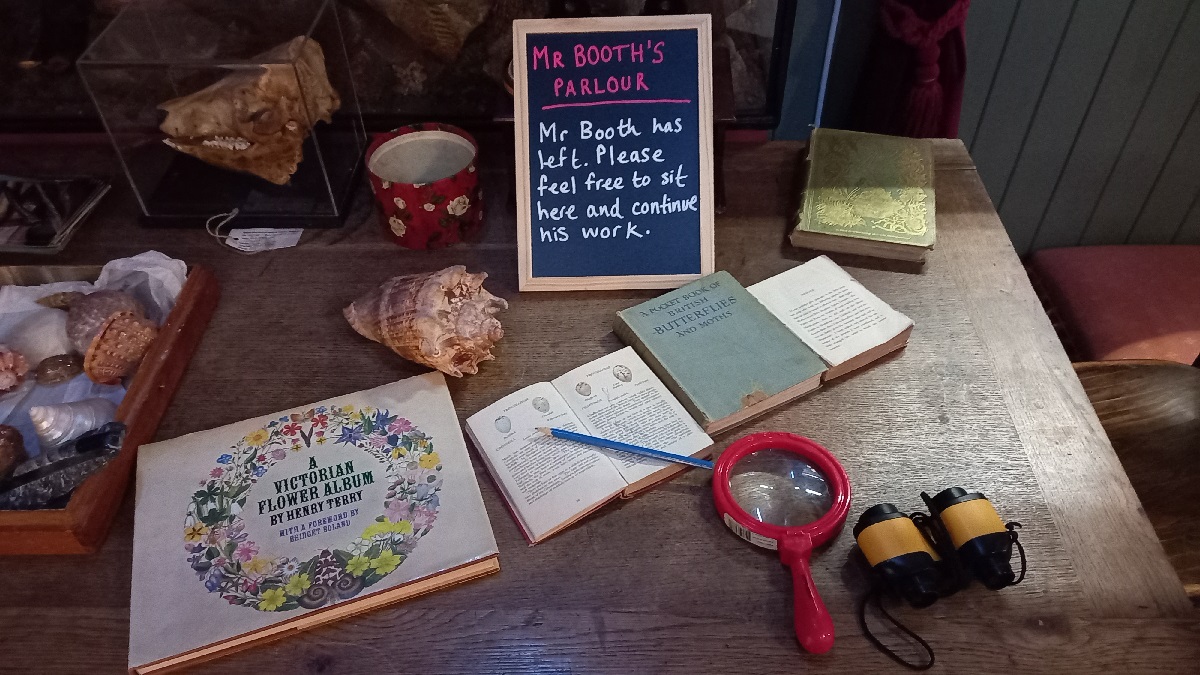
Educate, inform and debate
To help with this we also need new skills and expertise for the sector so we can make the right decisions with our limited resources. We are lucky that Brighton & Hove Museums have great expertise in-house across our building’s facility team, conservation team and gardens team, and elsewhere. But many museums cannot call directly on expertise, so we need it across the sector. We also need those organisations that have got the critical mass to invest in change – like the National Trust to share their findings and for the whole sector to act as one at this crucial time.
Then there is our public role. Probably the single most impactful thing we can do as museums is educate and inform and provide spaces for debate – hopefully in a way that does not add to anxiety. We have an obvious location for this in the Booth Museum of Natural History and that is what we will do, again drawing on our expertise. Also recognising that the climate crisis is just part of the problem, we also have a biodiversity crisis and a more general degradation of our natural environments. This ethos is already being used in our public programmes at Booth and is a feature of the current “Discovering Our Dioramas” project. And we are already building these issues into our offer to schools.

Doing our bit for the challenges ahead
There are tensions here that we will need to discuss. We want to build our visitor numbers and visitor spend – so that we can spend more to combat climate change, but recognise that will often be at the cost of the environment if visitors are coming by car or plane. At its most immediate we do not often have the funds to make all the improvements we know are needed for the long-term.
We cannot underestimate the challenges ahead for us and indeed everyone. But as a museum service we can do our bit. We will use the public platform we have, particularly the Booth to educate, inform and discuss these issues.

We will…
We will fully engage in national debates and join other museums in lobbying for changes to legislation, planning, funding and the building of new skills and expertise.
We will use the resources we do have and can get access to in order to mitigate against the damage that comes from climate change, and we will build strategies to change the way we use energy.
Finally, we will recognise that lots of small changes add up to big changes. The retail team are thinking about what we sell, and we are trying to recycle exhibition materials wherever we can. We all need to play our part in trying to conserve energy where we can. As an organisation we hope to roll out training to all staff as part of an initiative by the Carbon Literacy Trust. I hope this issue will become a more prominent part of what we all do as we develop as a Trust.

